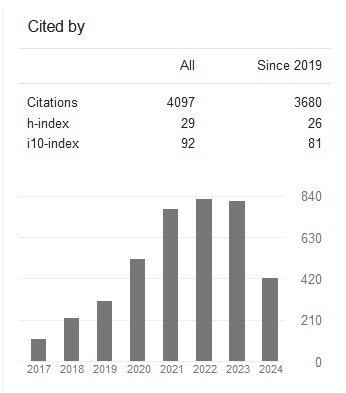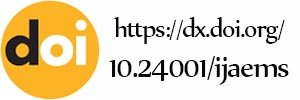Planning for Metro Transit Transportation System a simplified Approach: A Case Study of Ruwi City Center in Muscat( Vol-3,Issue-6,June - June 2017 ) |
|
Author(s): Amjad Saleem Aamir Al Khayari, N. Srinivasa Reddy |
|
Keywords: |
|
|
Public transit demand estimation, Planning for Metro Transit system, Travel patterns, Transit Planning at CBD. |
|
Abstract: |
|
|
Currently Muscat the capital city of Oman is suffering from many traffic and transported related problems. Some of the serious concerns are high vehicle ownerships, low occupancy in personalized vehicles and poor patronization towards public transportation systems. Ruwi is the City center and a major Central Business District in Muscat. More than one million commuters daily visit Ruwi City center for their day to day business. The common transportation related problems often reported by the citizens at Ruwi CBD, are traffic congestion, over speeding of vehicles, inadequacy of parking places and pedestrian safety. All such problems can be eliminated by providing efficient public transportation system by restricting the entry of personal vehicles and para transit. In this technical paper, panning and designing of public transit facility by metro transport facility is attempted by capturing land use and travel information of daily commuters at Ruwi CBD area. An extensive literature review is carried for establishing the bench marking while planning metro transit system. For this the CBD area is cordoned and divided into traffic analysis zones based on the land use characteristics. Travel information of the commuter is estimated through interviewing them at the CBD entry gateway points and work locations. Land use characteristics are captured through reconnaissance of the area and random inspection of land parcels. Land use Information captured through the Google images and physical verification of data of the selected sample land parcels helped in estimation and characterization of the land use. Questionnaire survey at the activity centers helped in estimation of total trips attracted by the land uses. Travel characteristics, derived through the personal interviews of the commuters, facilitated for the estimation of total trips. Trip factors for different land uses are derived. Total trips generated are quantified and is used in planning of Metro Transit facility at the Ruwi city center. Commuter circulation pattern for the metro transit is also scheduled. Also it is proposed to carry extensive literature for establishing bench mark while planning the transit system. |
|
Cite This Article: |
|
| Show All (MLA | APA | Chicago | Harvard | IEEE | Bibtex) | |
Share: |
|

 DOI:
DOI: 



























